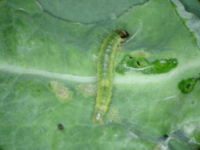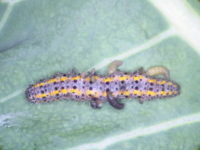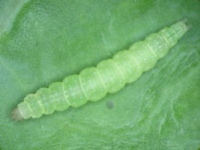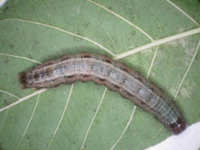Climate change and risks for “pinhão”
 Watching a movie under the duvet covers while eating pinhão (araucária seeds) and drinking a good wine. This combination is considered perfect for a typical winter day for many who live in southern Brazil. Perhaps it will be even better with a “paçoca de pinhão” or an “entrevero” (dish with beef, pork, araucaria seed and vegetables). This delicacy widely consumed in southern Brazil comes from the Araucaria (Araucaria angustifolia), also known as Parana pine or Brazilian pine. Apart from humans, native rodents, marsupials, birds and even primates also feed on araucaria seeds, a rich source of carbohydrates available in the araucaria forests.
Watching a movie under the duvet covers while eating pinhão (araucária seeds) and drinking a good wine. This combination is considered perfect for a typical winter day for many who live in southern Brazil. Perhaps it will be even better with a “paçoca de pinhão” or an “entrevero” (dish with beef, pork, araucaria seed and vegetables). This delicacy widely consumed in southern Brazil comes from the Araucaria (Araucaria angustifolia), also known as Parana pine or Brazilian pine. Apart from humans, native rodents, marsupials, birds and even primates also feed on araucaria seeds, a rich source of carbohydrates available in the araucaria forests.
In the past, illegal timber extraction and habitat loss due to deforestation drastically affected this species. Nowadays, araucaria is considered a critically endangered species by the IUCN, which is the leading organisation that assesses the conservation status of species worldwide.
Due to the cultural and ecological importance of araucaria, and its risk of extinction, our research group decided to assess whether climate change could be an additional threat to this cold adapted tree. Our study used information about the known distribution of araucaria and characteristics of soil and climate to understand the relationship between its distribution and the environment.
When our model was projected onto future climate change scenarios we found that the suitable areas for the species can be reduced by up to 77%! In practical terms, this means a much smaller area with araucaria, less food for native fauna and less araucaria seeds in our home.
But it is not enough to point out the problem, we also have to think of a solution. For this reason, our study assessed which environmental protection areas are effective for the conservation of araucaria in the future, and which areas may be used to create new conservation units for long-term protection. Moreover, we proposed the sustainable use of araucaria as an additional conservation measure, especially in regions that need to comply with the Brazilian Forest Code. We know that for our dear araucaria to be protected, a great deal of political effort will be necessary, and in this case, popular pressure is important!
The full article can be acessed here.
Paper: Present and future of the critically endangered Araucaria angutifolia due to climate change and habitat loss. Marchioro, CA; Santos, KL; Siminski A.











Comments